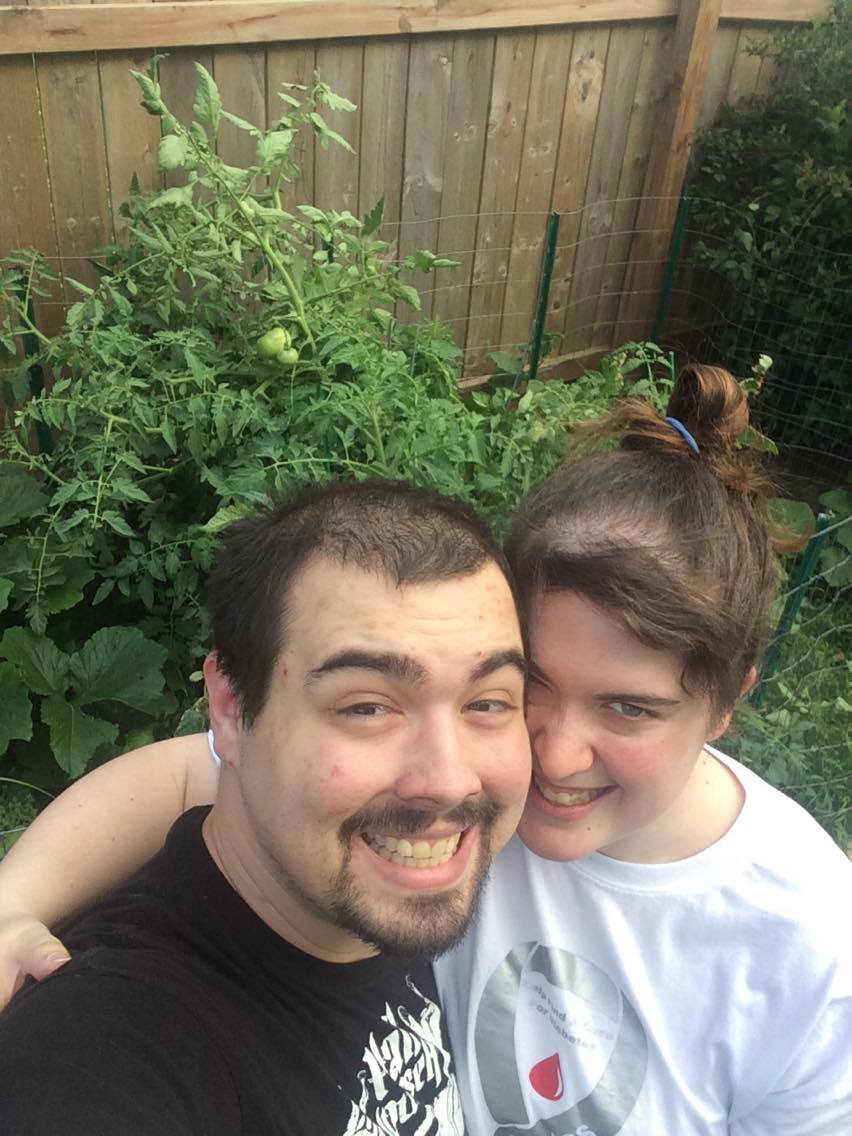In part 3 of my guest blog series, my friend Eric Hallam agreed to talk about his experience delving into the world of composting. He and his fiance are the whole reason I was able to stay zero waste while living in my St. Louis apartment last year, and now they’re helping me while I settle into my new life in the Pacific Northwest by writing this blog. Thanks, guys!
It’s been said that in my family, composting skips a generation. So when I bought my house and realized there was a raised bed vegetable garden, my uncle Tedd put the bug in my ear.
At first, we weren’t thinking we would be able to pull things off. By the time we had the soil turned and de-weeded it was getting close to winter. Nevertheless, we persisted. And because of our composting through the cold, we took our gardening to a whole new level.
Getting Started
The first step was setting down a layer of plant matter. With the last days of fall, weeds were still thriving and the garden was on the defense. Next, we built up a pile of plant and food matter in the middle of the garden. Our plant base consisted of:
- Mulched leaves
- Grass clippings
- Coffee grounds
- Eggshells
Once the base was set, we braced for the coming cold.
Composting in the Winter
Throughout the winter, we kept adding more bio matter of food scraps (mostly contributed by this blog’s lovely owner) while insulating with more grass. Every other week we’d turn the pile to keep the decomposition process going.
 I would advise investing in composting tumblers if you compost in the winter. The decomposition process slows during the colder months and frosts make turning the pile difficult. We’ve already started saving for ours and have a small pile working to help get things going once fall starts to hit this year.
I would advise investing in composting tumblers if you compost in the winter. The decomposition process slows during the colder months and frosts make turning the pile difficult. We’ve already started saving for ours and have a small pile working to help get things going once fall starts to hit this year.
Once winter was waning and were able to get the pile generating heat we ramped up the process with a good crop of worms. The worms help by eating all the matter and turning the pile into nutrient rich mulch. We kept this moving steadily for a few weeks.
Gearing Up for Spring
While we were gearing up for planting, we churned the soil another time with the compost to create a blend for the topsoil. We then planted our vegetables (pictures below). Mixed in with our compost topsoil, we added some manure and topped everything with mulch.
Reaping the Rewards
To our delight, all of our vegetables plants have grown to immense proportions. Our cucumber and zucchini plants have taken over the corners of the garden with the bell peppers shooting up above them. The tomato plant was put in right where our compost pile was has grown almost six times its original size almost over three weeks. All the veggies are starting to fruit and the little herb garden (in its own pot with some compost mixed in) has been overproducing. It will be some time till we harvest, but because of our nutrient-enriched soil, our little raised beds have exploded to sizes we would have never expected.
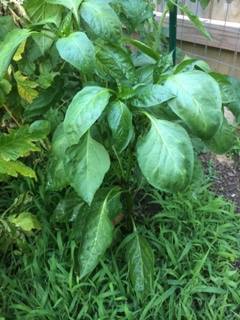
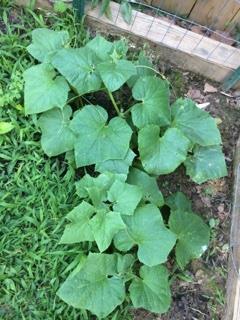


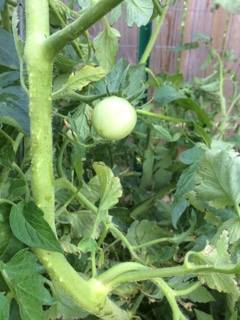
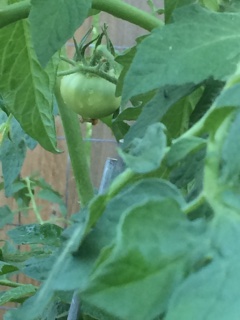
I definitely advocate composting, even throughout the winter. Not only to help establish good soil but as a great way to reduce wastes.
